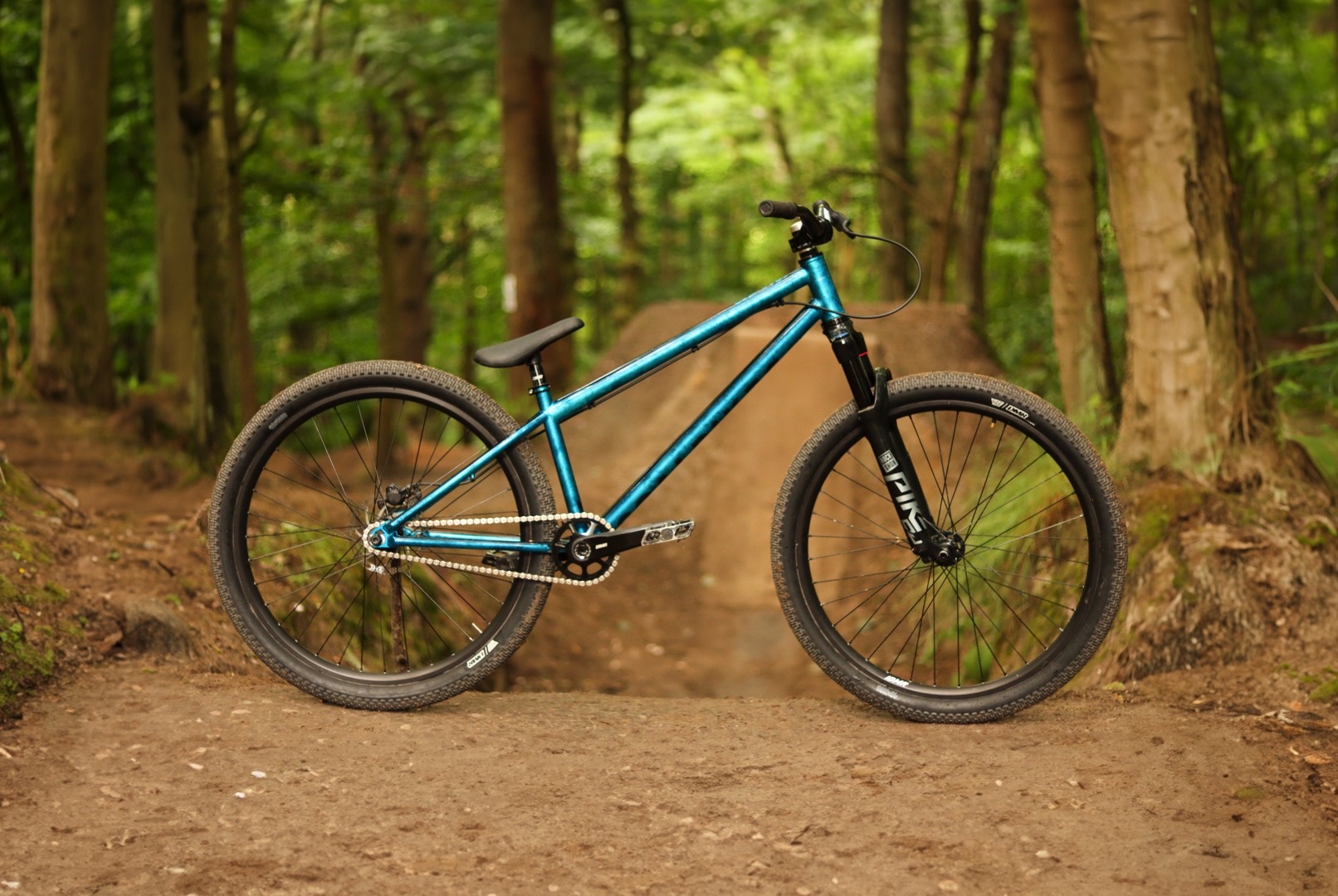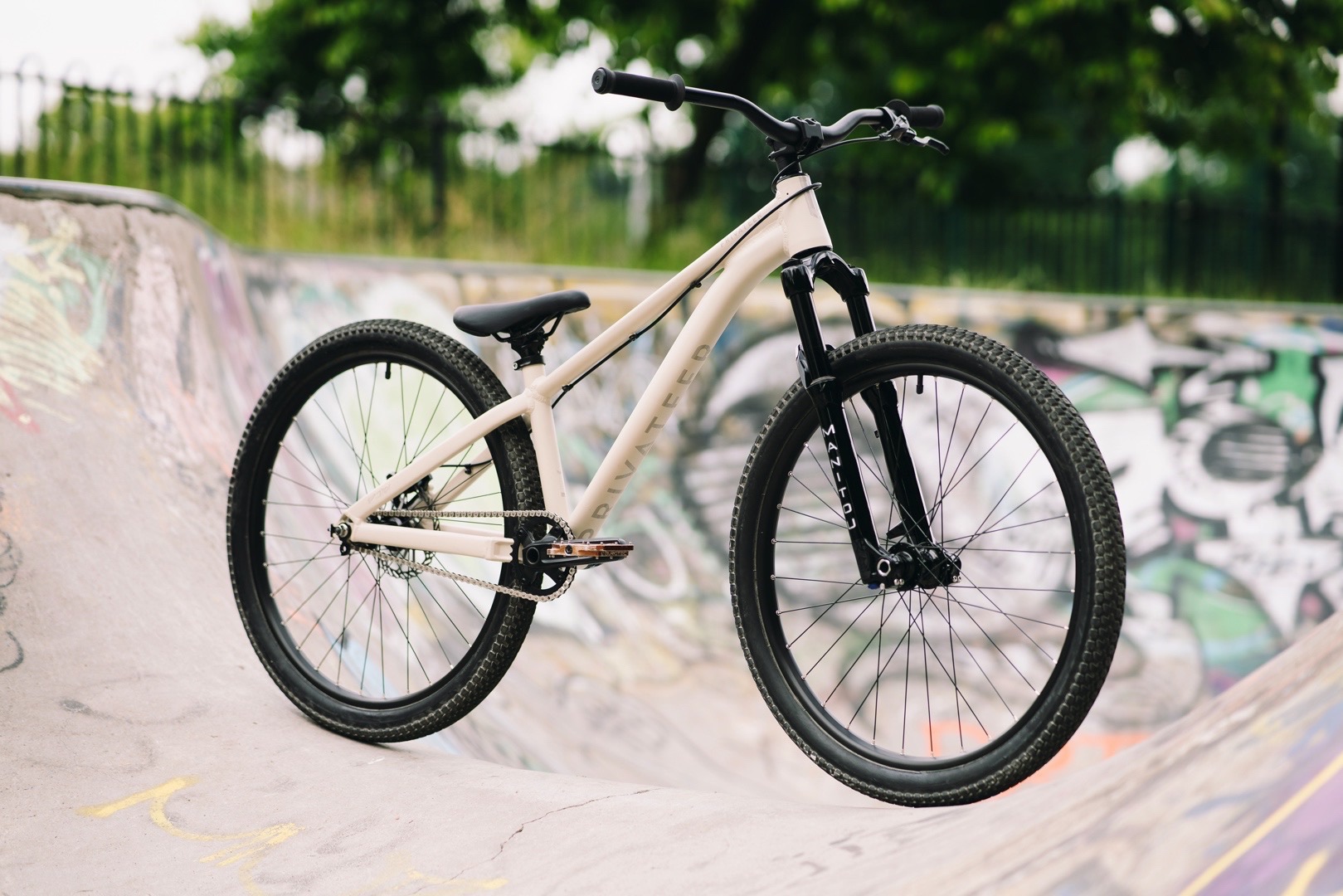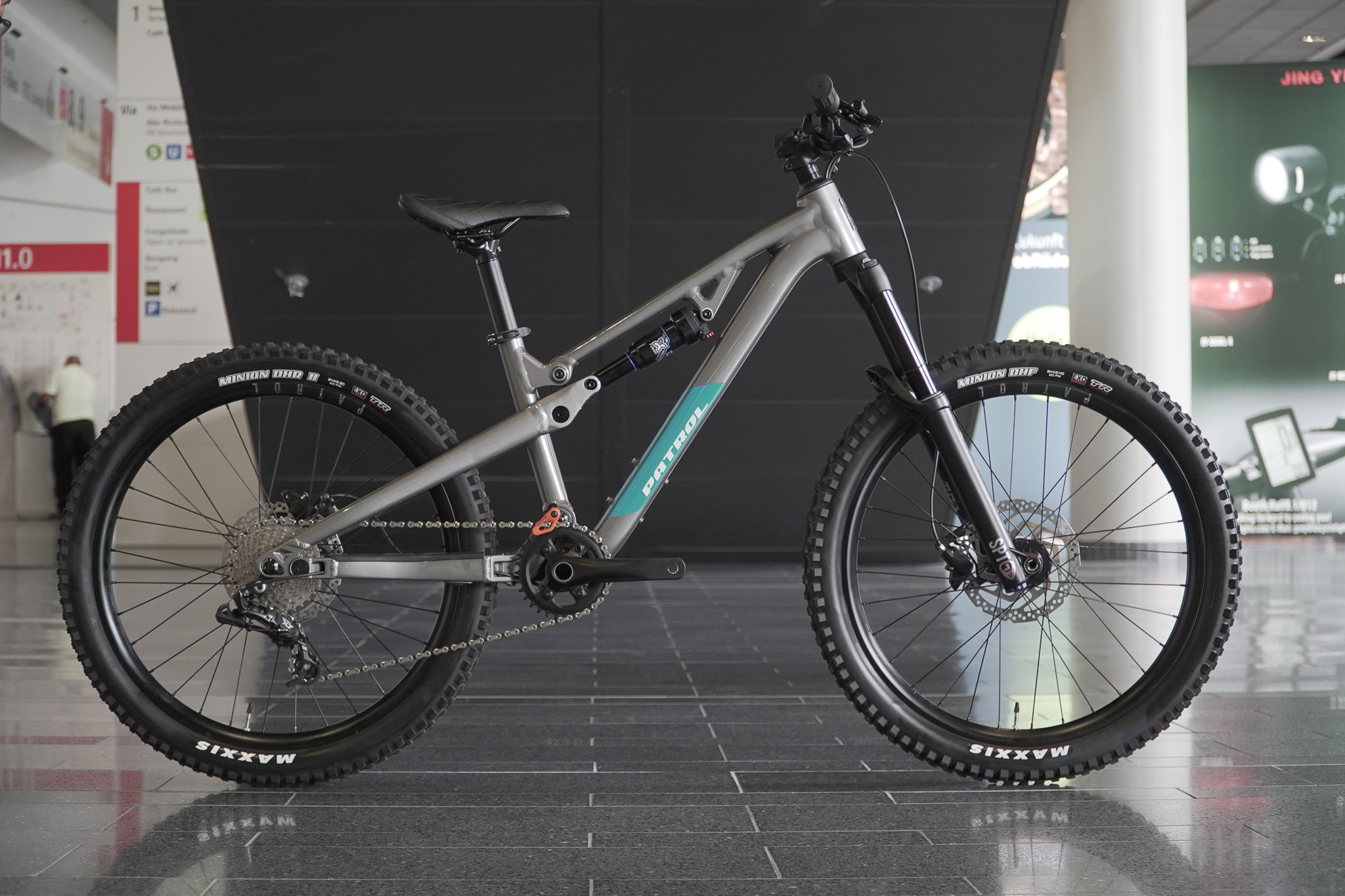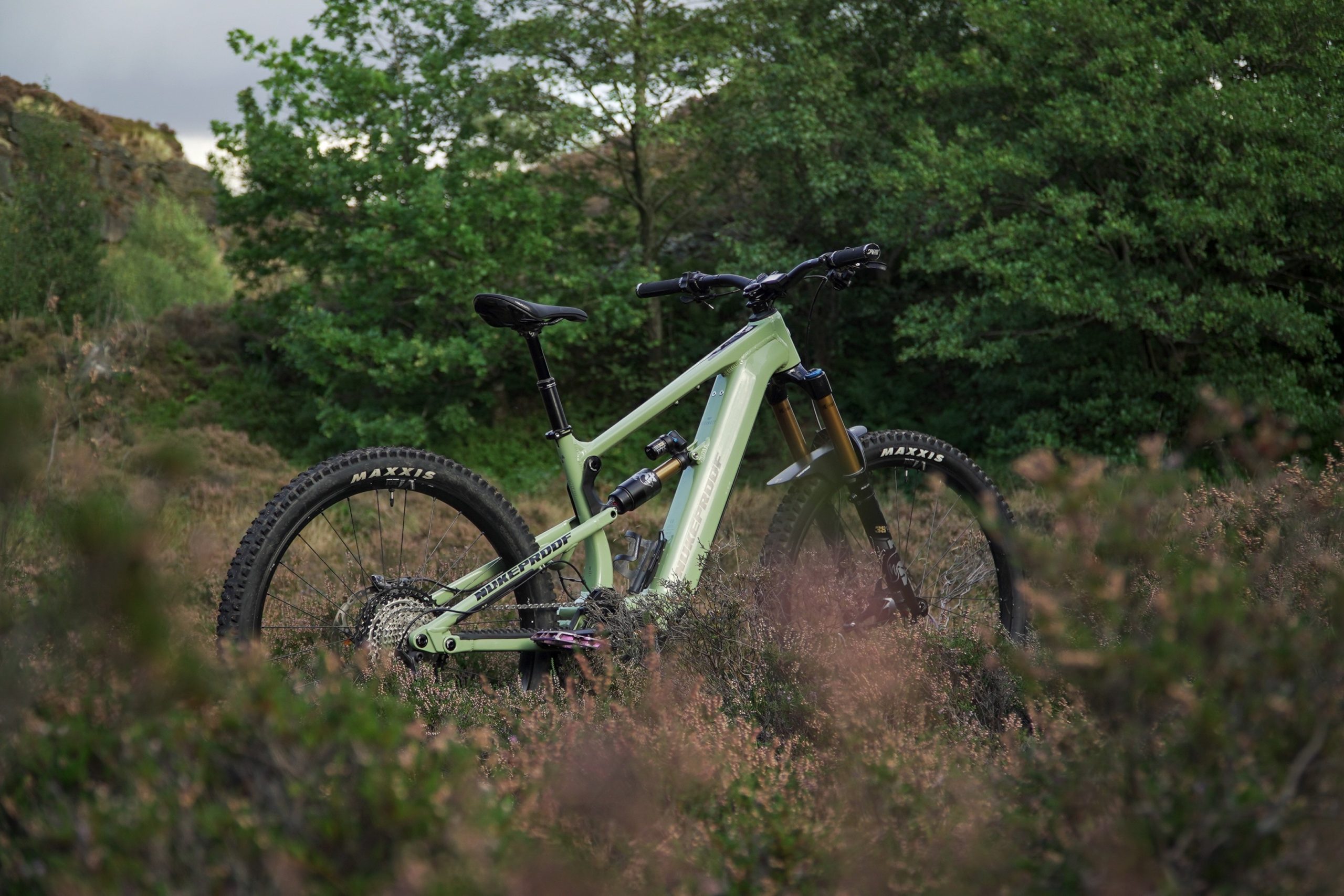Bicycle hubs are an important component of a bicycle’s wheel and play a crucial role in its performance and ride quality. With the growing popularity of cycling, there has been an increase in the number of hub standards available in the market, each with its own unique features and benefits. To help you understand the different options available, we have put together a comprehensive list of the most common bicycle hub standards, including Super Boost, Downhill, 20mm, and 15mm front axle, along with a detailed explanation of each.

Hub Standards: QR, Thru-Axle, Boost, Super Boost and Beyond
- Quick Release (QR) – QR hubs are the most basic type of hub and the easiest to use. They feature a lever-actuated skewer that clamps the axle in place, making it quick and convenient to remove the wheel for transportation or flat tire repair. QR hubs are commonly used on road and casual bikes.
- Thru-axle – Thru-axles are larger diameter axles that thread into the hub and are secured in place with a bolt. They offer improved stiffness and wheel stability compared to QR hubs, making them ideal for cross-country and trail riding. Thru-axle hubs are available in various lengths and diameters, depending on the type of bike.
- Boost – Boost hubs feature a wider hub spacing of 110mm in the front and 148mm in the rear, compared to the traditional 100mm and 135mm, respectively. This extra width allows for the use of wider tires and improved wheel stiffness, making Boost hubs ideal for aggressive riding.
- Super Boost – Super Boost hubs take Boost to the next level with an even wider hub spacing of 157mm in the rear. This provides even more stiffness and stability, making Super Boost hubs ideal for the most demanding riding conditions.
- Lefty – Lefty is a single-sided fork design by Cannondale that uses a proprietary hub and fork interface. Lefty hubs are designed to increase stiffness and reduce weight for cross-country and trail riding.
- Fat bike – Fat bike hubs are specifically designed for use with large, 4-5 inch wide tires. They have a wider axle spacing and special hub flanges to accommodate the extra width of the tire and rim. Fat bike hubs are ideal for snow and sand riding.
- Road bike – Road bike hubs have a narrow axle spacing of 100mm in the front and 130mm in the rear to accommodate the narrow tires used on road bikes. They are designed for maximum efficiency and speed.
- Track – Track hubs have a fixed axle and are designed for use on fixed-gear bikes. They do not have a freewheel mechanism and do not allow coasting. Track hubs are commonly used in track cycling and urban riding.
- Downhill – Downhill hubs are designed for the most demanding riding conditions, such as downhill mountain biking. They have a wider axle spacing and improved durability to handle the high forces generated by this type of riding.
- 20mm Front Axle – 20mm front axle hubs are used for heavy-duty applications, such as downhill and freeride mountain biking. They provide added stiffness and stability for the front wheel, ensuring maximum control and confidence when riding.
- 15mm Front Axle – 15mm front axle hubs are used for cross-country and trail riding. They provide improved stiffness and stability compared to standard QR front hubs, making them ideal for riders looking for a more responsive and agile front end.
Understanding the different bicycle hub standards is essential in choosing the right hub for your bike and riding style. Whether you’re a road cyclist, mountain biker, or casual rider, there is a hub standard that will meet your needs.





